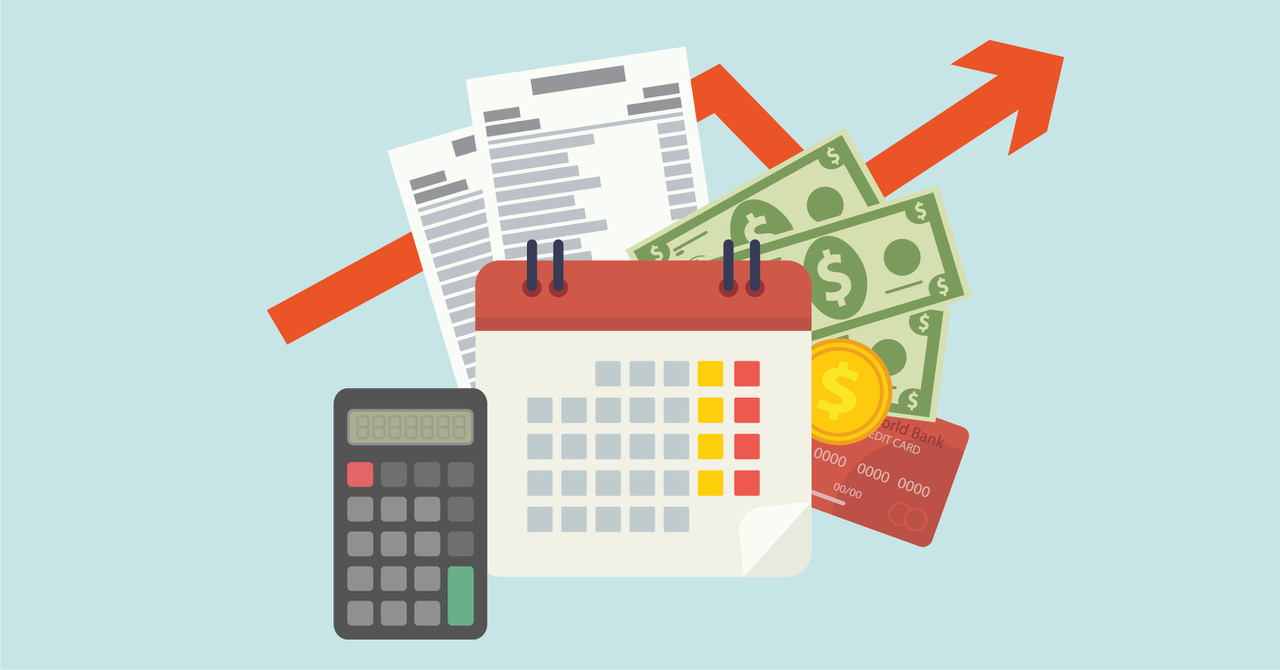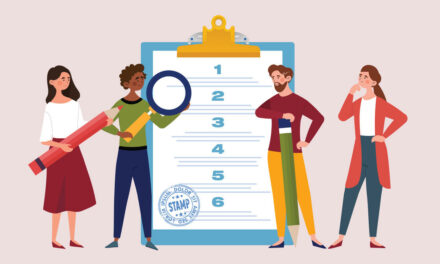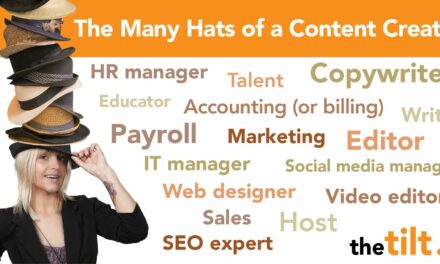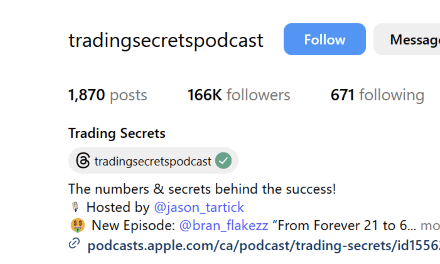Creators can make a full-time income from their content business, though it’s hardly a get-rich-quick path. That is why we are providing the personal finance questions for creators you should be asking.
The median revenue for full-timers was $50K in a survey of over 1.4K creators in The Tilt’s Content Entrepreneurship Benchmark Research. For creators with seven or more years of experience, that number grew to $125,000. There are outliers, of course, earning seven figures within a year of launching.
But given the nice-but-not-epic income for many content entrepreneurs, spending your hard-earned money without a plan can quickly spell trouble. It’s time to preserve your financial health now and in the future, especially as the price of nearly everything goes up with fast-rising inflation amid the usual ups-and-downs of content creator life.
“Most states do not have financial education as part of their (public school) curriculum,” says Emily Boothroyd, a wealth manager and partner at Merit Financial Advisors.
If you don’t have a handle on your personal finances, you’ll not only stress about how to grow your audience but how you’ll pay the utility bill. And that won’t be good for you or your content business.
If creators don't have a handle on your personal finances, you'll not only stress about how to grow an audience but how to pay the utility bill, too, says @SLindenfeldHall. #ContentEntrepreneur Share on XPersonal finance isn’t the best part of entrepreneurship
Emily says there’s another reason most creators don’t think about what we’re spending or saving – it’s boring. Content entrepreneurs would rather plan the content, sign off on brand deals, and grow the business.
“It’s really important to look at your money and your financial health in the same way you look at your medical health and your mental health,” Emily says. “If you don’t begin to pay attention to it in the early stages, when you are in the late stages, it can be very difficult to right the ship … It really is essential to have those building blocks and that foundation.”
Look at your money and financial health in the same way you look at your medical and mental health, says Emily Boothroyd of @MeritFinAdvisor. #ContentEntrepreneur #CreatorEconomy Share on XHere are four basic personal finance questions for creators you need to ask (and answer) now:
1. Did you remember self-employment taxes?
In a traditional full-time job, employers pay their share (6.2%) of your Social Security and Medicare taxes and withhold your share (6.2%) from your paycheck. A self-employed person acts as both employer and employee and must pay the 12.4% Medicare and Social Security taxes (up to $142.8K). And you need to pay your income tax, as the Internal Revenue Service states.
Self-employed creators must pay the employer and employee shares for Social Security and Medicare taxes. That's in addition to income taxes. #CreatorEconomy #ContentEntrepreneur Share on XCaveat: You can’t wait until filing your annual return to pay those taxes. Every quarter, you must pay estimated taxes. If you don’t, you could face a big tax bill and a penalty payment every April.
“It’s really important to have those estimated taxes set aside,” Emily says. Some people prefer to calculate their estimated taxes and file their tax forms themselves or use solutions like TurboTax and H&R Block.
But for others, calculating earnings and deductions and all the other numbers and factors included in determining a tax rate, Emily recommends working with a tax professional. “Accountants are worth their weight in gold,” she says.
The average cost of a tax preparer can range between about $220 and $320, according to the National Society of Accountants. And sometimes, Emily says, those professionals can save you money in the long run because they uncover ways to reduce your tax bill.
2. Are you ready for an emergency?
So many roadblocks can keep you from earning money – from medical emergencies to an updated social media algorithm. You need to plan for those days when the money isn’t raining down. That’s where an emergency fund comes in. And the rule of thumb is this: Have six months’ worth of personal expenses saved and available to be withdrawn quickly.
“Sometimes people look at the six months and say, ‘That’s such a huge hurdle. That’s a lot of money,’” Emily says. “But it doesn’t have to be six months of you going out to eat, getting your nails done, and all the extracurriculars you do. It’s really what would you need to do OK if your current gig fell through.”
A six-month emergency fund doesn't have to total all your current expenses. Calculate what you need to cover basic living expenses, advises Emily Boothroyd of @MeritFinAdvisor. #CreatorEconomy Share on XCalculate how much money you need to cover basic living expenses – mortgage or rent, utilities, food, etc. “What are your baseline, nondiscretionary expenses?” Emily says. “Use that as a basis for that emergency fund.”
To calculate how much money should be in your emergency fund, NerdWallet has an emergency fund calculator.
Caveat: Have a business emergency fund as well. Include at least six months of expenses that you incur no matter how much (or how little) revenue is coming in. These can be things like hosting services, content production costs, software subscriptions, etc., that you need to create.
Caveat for creators: Have a business emergency fund to cover at least six months of expenses incurred whether you're bringing in revenue or not. #CreatorEconomy #ContentEntrepreneur Share on X3. Do you have high-interest debt?
Before Emily wades into questions about her clients’ spending or saving, the first question she always asks is this: Do you have any high-interest debt? That doesn’t include a mortgage or student loans. High-interest debt typically is accrued through credit cards, Emily says.
“Do you have a Visa bill from when you were hustling and grinding and trying to make it, and you’ve been playing credit card shuffle?” she says. “That needs to go away.”
Emily recommends doing the math to understand what that debt interest actually costs you. Credit.org has a credit card payoff calculator to help with those calculations.
To get rid of it, use your income and if that’s not enough, cut expenses. As you pay the debt, consider one of two strategies: debt avalanche and debt snowball. With the avalanche strategy, you pay off the debt with the highest interest, then move to the debt with the next highest interest rate. With the snowball method, you pay off the smallest debt first to get a quick win and go up from there. Financially, the avalanche method is the better choice. Psychologically, though, the snowball way may encourage you to stay on track.
4. Is your budget sparking joy?
Just the idea of a budget can strike fear in the hearts of many, raising visions of spreadsheets and to-do lists. That’s not necessarily what Emily has in mind. First, just take a moment to determine what you’re spending your money on.
It’s easy to get caught up in today’s busy world, sliding your credit card or using Apple Wallet to almost buy things unconsciously throughout the day. As she explains: It’s a mentality of “I want this; I deserve this. I worked hard for this. I deserve these things.”
Now, look at what you’re spending by categories – living expenses, groceries, restaurants, entertainment, taxes, savings, etc. You might be shocked to learn how much you’re spending on random Amazon purchases, for example. “It’s helpful to develop a little more awareness around it,” Emily says.
Now you have a framework to think more seriously about a budget. Compare your expenses to your current and forecasted income, Emily says. “That will help you understand a little bit more of whether you’re overspending or spending within your means.”
If you’re spending inside your means, you likely don’t need to take a granular look at every single expense. “You can keep drinking your cappuccino if you’re not overspending,” she says. If not, it’s time to look closely at how you can cut back your expenses and live within your means.
Emily recommends using this analysis as an opportunity for introspection, too: “Is there any part of it that doesn’t feel good to you?” Even if you have the money to pay for it, it may be time to reassess that spending.
Take stock of your personal finances and goals
It’s important to take stock of what’s important to you, so you can work toward your big goals. Is it a long and happy retirement? A vacation home? A fully funded college education for your kids? Something else entirely?
“As part of a basic inquiry into finances, you want to sit for a minute and understand what your financial goals truly are,” Emily says. “To me, that is at the core of any future steps. What matters most to you? What are your goals? What are your priorities?
“They may evolve over time, but … (they) can color how you think about your budget, how you think about your emergency fund, and that really helps you to understand the context in which you’re going to view all the next steps.”
About the author
Sarah Lindenfeld Hall is a longtime journalist, freelance writer, and founding editor of two popular parenting websites in North Carolina. She frequently writes about parenting, aging, education, business management, and interesting people doing remarkable things.











